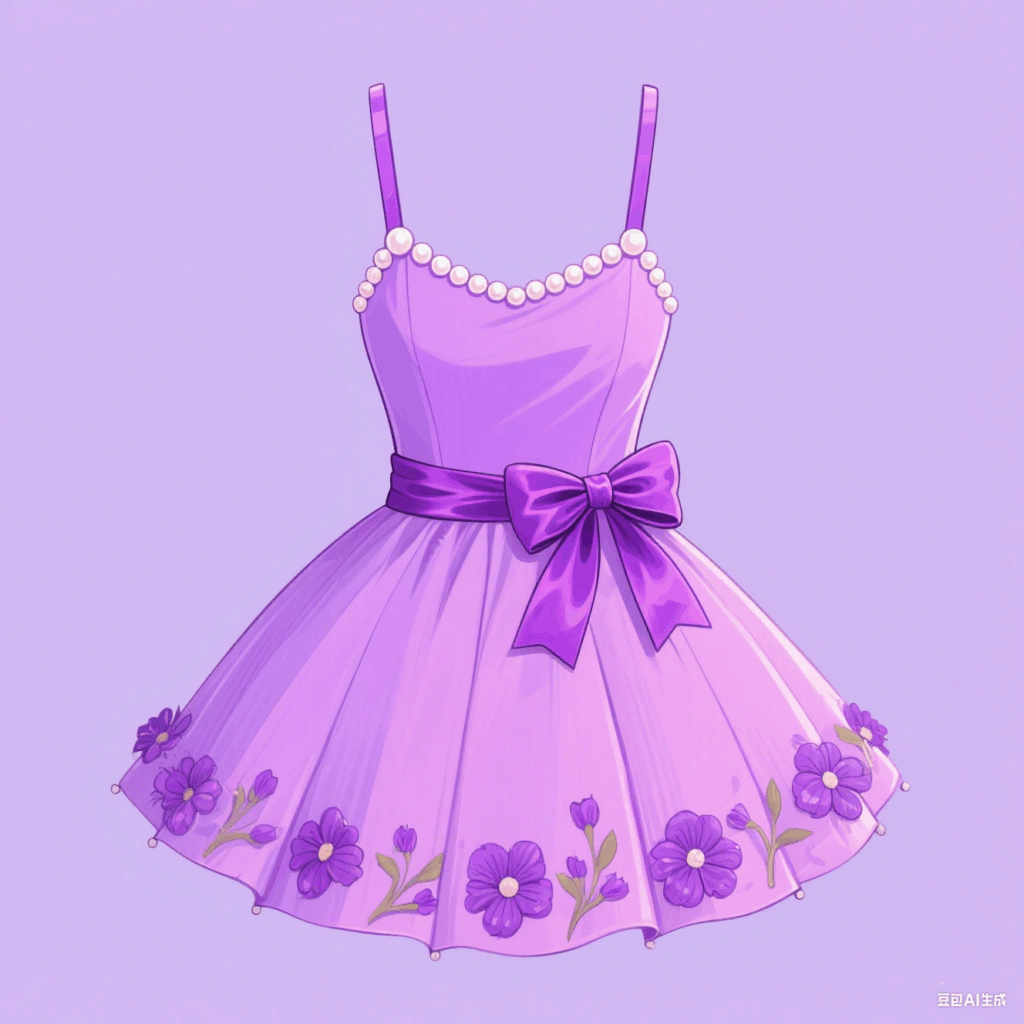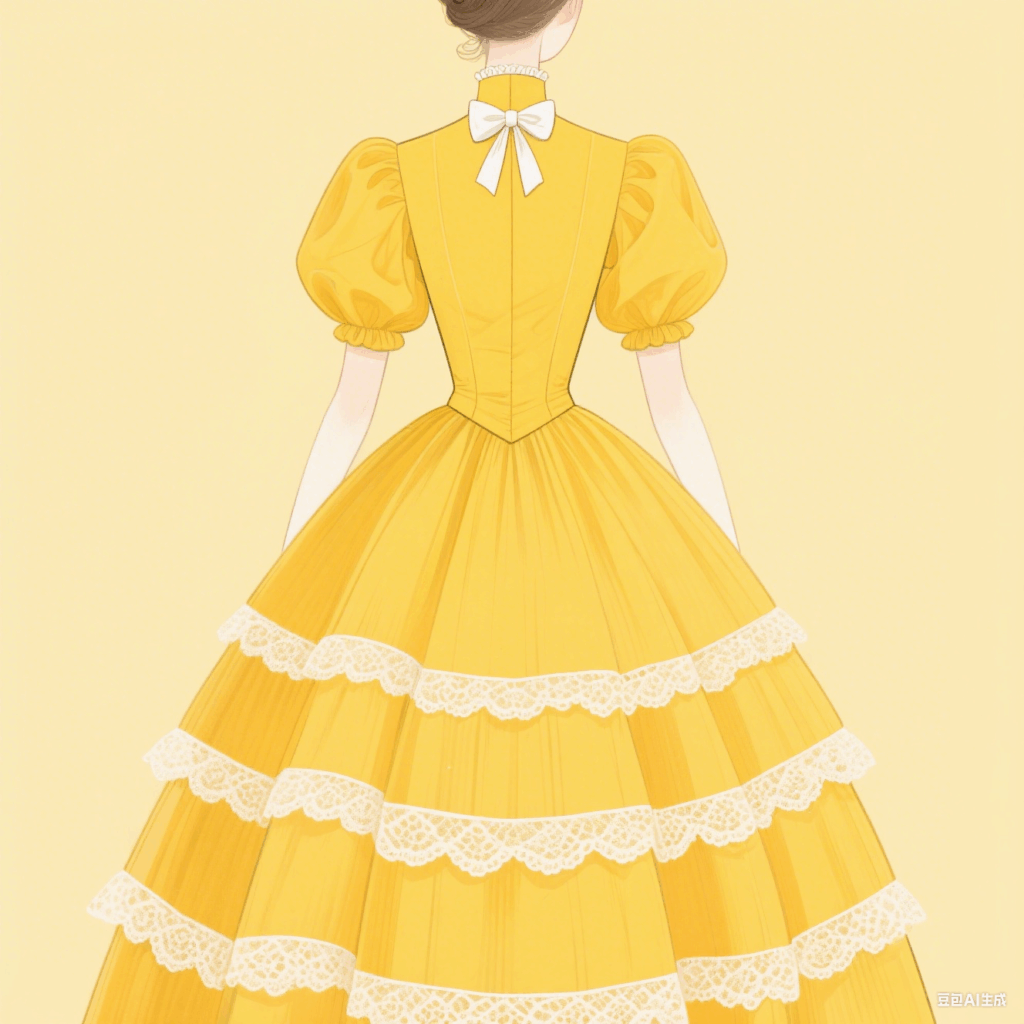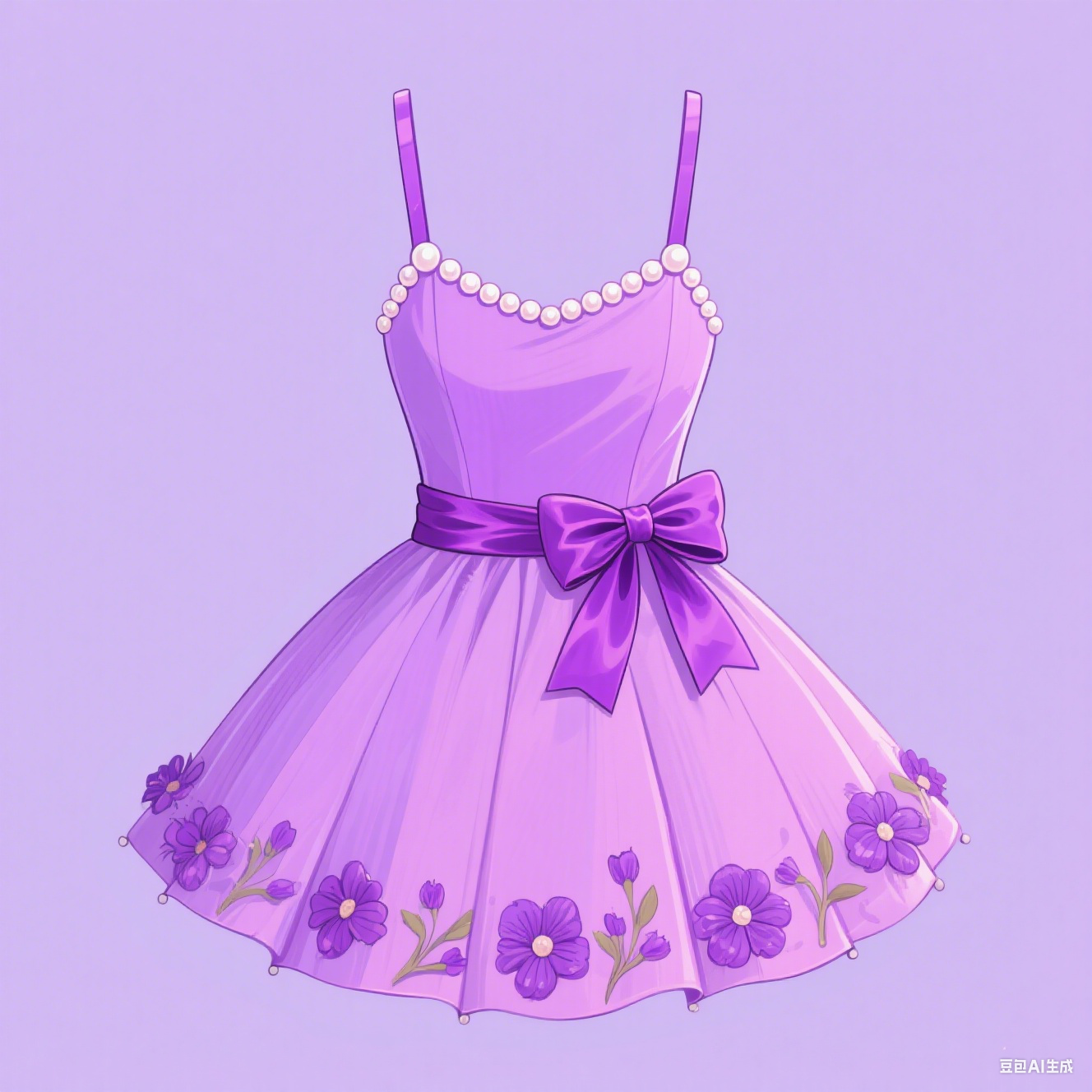What Exactly Is a “Dress” in International Trade?
Before diving into HS codes, it’s essential to define a “dress” in the context of customs classification. A dress is typically a one-piece garment consisting of a bodice and a skirt, designed to be worn by women or girls. In trade terms, its classification hinges on three core factors:
- Construction: Knitted/crocheted (Chapter 61) vs. non-knitted (Chapter 62)
- Material Composition: Wool, silk, cotton, synthetic fibers, or blends
- Design Elements: Sleeve length, neckline style, fit (e.g., A-line, sheath), and whether it includes accessories like belts or linings
Why Precision Matters: Even minor design differences—such as a knitted vs. woven fabric—can shift a dress into a different HS code, impacting tariffs and compliance.





HS Code Breakdown: Key Classifications for Dresses (CN → US Trade)
| HS Code | Material & Design Specifications | Tariff Structure (2025) |
|---|---|---|
| 6104410010 | Women’s/girls’ knitted/crocheted dresses made of wool or fine animal hair (e.g., cashmere) | Total: 51.1% |
| 6204411000 | Women’s/girls’ non-knitted dresses of wool/fine animal hair with ≥30% silk by weight | Total: 44.7% |
Decoding the HS Code Structure: A Dress Case Study
Take HS code 6104410010:
- Chapter 61: Knitted or crocheted apparel
- Heading 04: Suits, ensembles, jackets, dresses, and related garments
- Subheading 41: Specifically designates “dresses”
- Final Digits (00.10): Denotes wool/fine animal hair composition for women’s styles
Contrast with 6204411000: The “62” chapter indicates non-knitted construction, while “10” in the subheading signals the silk content requirement.
Tariff Layers: How 51.1% and 44.7% Rates Form
For Wool Knitted Dresses (6104410010):
- Basic Tariff: 13.6% (applied to most goods)
- Additional Tariff: 7.5% (industry-specific surcharge)
- 2025 Surcharge: 30% (effective April 2, 2025, due to trade policy updates)
- Total: 13.6% + 7.5% + 30% = 51.1%
For Wool-Silk Dresses (6204411000):
- Lower Basic Tariff: 7.2% (reflects silk content benefits)
- Same Additional Tariffs: 7.5% + 30%
- Total: 7.2% + 7.5% + 30% = 44.7%
Pro Tip: The 30% surcharge in 2025 isn’t a one-time fee— 它’s applied annually to goods under these codes.
Common Misclassifications and How to Avoid Them
- Material Misreporting
- Case Study: A shipment labeled “100% wool” was found to contain 25% synthetic fibers, triggering reclassification to a higher-tariff code (costing the importer $12,000 in extra duties).
- Solution: Mandate lab testing from AATCC- or ISO-certified facilities to verify fiber percentages.
- Knitted vs. Non-Knitted Confusion
- Key Difference: Knitted fabrics have a looped structure (e.g., sweater material), while non-knitted fabrics are woven (e.g., denim). Misidentifying this can shift a dress from Chapter 61 to 62 (or vice versa), altering tariffs.
- Silk Content Miscalculations
- For 6204411000, silk must constitute 30% of the fabric’s weight (not the entire dress). A dress with a silk lining and wool exterior may not qualify if the lining’s weight is insufficient.
7-Step Compliance Checklist for Dress Importers
- Conduct Material Analysis
- Test each dress variant for:
- Wool/fine animal hair percentage
- Silk content (if claiming 6204411000)
- Presence of other fibers (e.g., elastane, cotton)
- Test each dress variant for:
- Document Design Details
- Include in invoices:
- “Knitted wool dress with long sleeves”
- “Non-knitted wool-silk blend dress (35% silk by fabric weight)”
- Include in invoices:
- Validate Country of Origin
- Use preferential origin rules (e.g., China-US trade agreements) to confirm eligibility for tariff reductions.
- Model 2025 Tariff Impacts
- Create cost scenarios:
- Pre-April 2025: $100 dress → $100 x (13.6% + 7.5%) = $121.10
- Post-April 2025: $100 x 51.1% = $151.10 (50% higher cost)
- Create cost scenarios:
- Engage a Customs Broker
- Specialists can:
- Review product samples for code accuracy
- File prior rulings with customs for classification certainty
- Specialists can:
- Implement QC for Labeling
- Ensure care labels match declared materials (e.g., “100% wool” vs. “wool blend”).
- Stay Updated on Trade Policies
- Subscribe to sources like:
- US International Trade Commission (ITC) tariff updates
- China’s Ministry of Commerce trade bulletins
- Subscribe to sources like:
The Real-World Consequences of Inaccuracy
A major fashion retailer misclassified 20,000 wool-silk dresses as pure wool, leading to:
- $890,000 in back duties
- 3-month shipment delays
- Reputational damage from supply chain disruptions
By contrast, a boutique brand that invested $2,000 in material testing saved $47,000 in tariffs over a year by correctly using 6204411000.
Final Thoughts: HS Codes as a Strategic Tool
Mastering dress HS codes isn’t just about compliance—it’s a way to:
- Optimize pricing strategies by predicting tariff costs
- Negotiate better terms with suppliers based on material-specific tariffs
- Avoid supply chain bottlenecks that plague misclassified shipments
For personalized assistance, start with a material test report and consult a trade attorney to map your product to the exact code. With the right preparation, navigating dress HS codes becomes a competitive advantage, not a compliance headache.
Ready to classify your dresses? Share your product details in the comments for tailored advice! 🛍️
